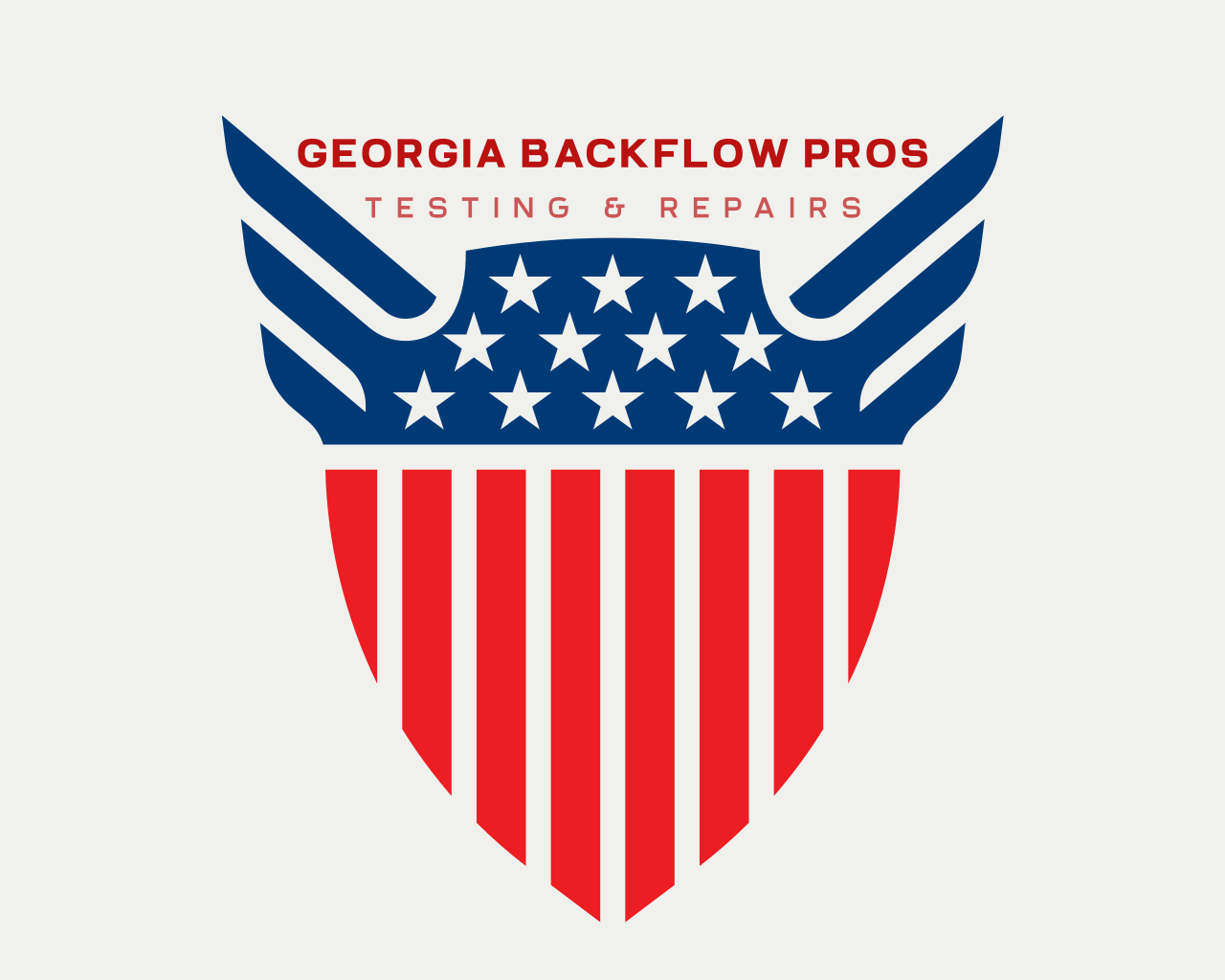Our
Services And Facts
-

Annual Backflow Testing
Regulatory Compliance: Many local and state codes require annual testing of backflow preventers to ensure compliance with health and safety regulations.
Prevent Contamination: Backflow preventers are crucial for preventing contaminated water from flowing back into the main water supply. Testing ensures they are functioning properly.
Maintenance and Upkeep: Regular testing is a part of routine maintenance to identify any potential issues before they lead to more significant problems.
Change in Water Supply: If there have been changes in your water supply, such as a new source or increase in pressure, it may affect the operation of your backflow preventer.
Installation of New Plumbing Systems: If you’ve recently installed new plumbing or irrigation systems, it’s important to test your backflow device to ensure it continues to protect against contamination.
Inspection by Water Authority: If your local water authority has conducted an inspection and raised concerns about your backflow preventer, testing is necessary.
Visual Signs of Damage: If you notice any physical signs of wear or damage on your backflow preventer, testing should be done to assess its condition.
Property Changes: Changes to your property, such as landscaping or construction, can impact your backflow preventer, warranting a test to ensure functionality.
End of Warranty Period: If your backflow preventer is nearing the end of its warranty, testing might be prudent to confirm it is in good working order.
Emergency Situations: Following any incidents, such as water main breaks or flooding, it's advisable to have your backflow preventer tested to ensure it hasn’t been compromised.
-

Backflow Repairs
Corrosion: Over time, pipes and backflow devices can corrode, leading to potential leaks and malfunctions.
Debris Buildup: Accumulation of dirt, minerals, and other debris can obstruct the flow of water, damaging the system.
Pressure Changes: Fluctuations in water pressure can stress backflow devices, causing seals to wear out or break.
Aging Equipment: Older backflow preventers may become less reliable as their components deteriorate due to age.
Improper Installation: If a backflow prevention device was not properly installed, it may not function correctly and require repair.
Freezing Temperatures: When temperatures drop, water within backflow devices can freeze, causing cracks and other damages.
Mechanical Failure: Components within the backflow system can fail due to wear and tear or manufacturing defects.
Backpressure: Situations where water is pushed back through the system can lead to device failure.
Flooding: Excessive water exposure from flooding can damage backflow prevention devices, leading to necessary repairs.
Unusual Smell or Taste: If your water has an unusual smell or taste, it may indicate that backflow is occurring, suggesting a need for repair.
-

Gate Valve Repairs
Inspection
Check valve for leaks
Inspect for signs of corrosion or wear
Verify proper operation and sealing
Repacking the Valve
Remove packing material from the valve stem
Install fresh packing to prevent leaks
Gasket Replacement
Remove old gaskets
Clean sealing surfaces
Install new gaskets to ensure proper sealing
Stem and Bonnet Inspection
Inspect the stem for damage or wear
Examine the bonnet for leaks or defects
Lubricate stem if necessary
Operating Mechanism Repair
Inspect handwheel for proper function
Tighten or replace worn components
Ensure the valve opens and closes as it should
